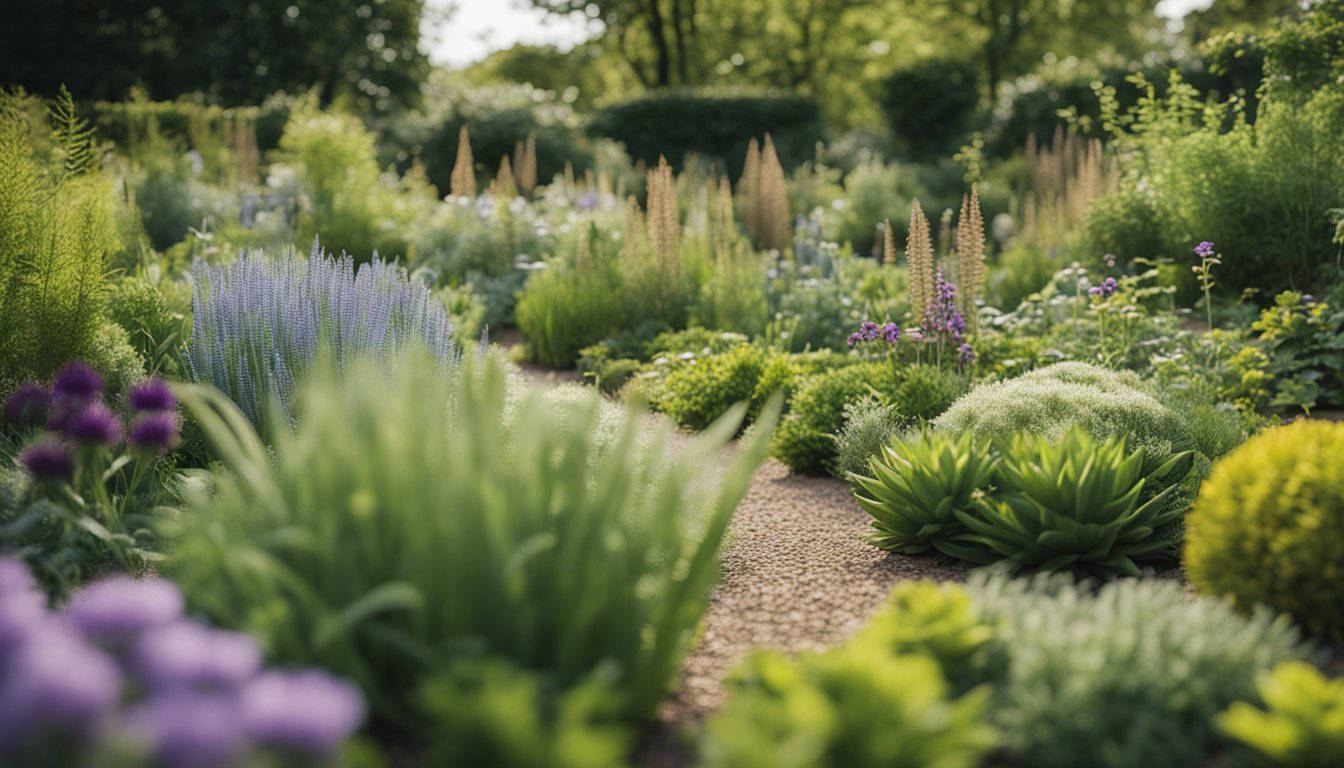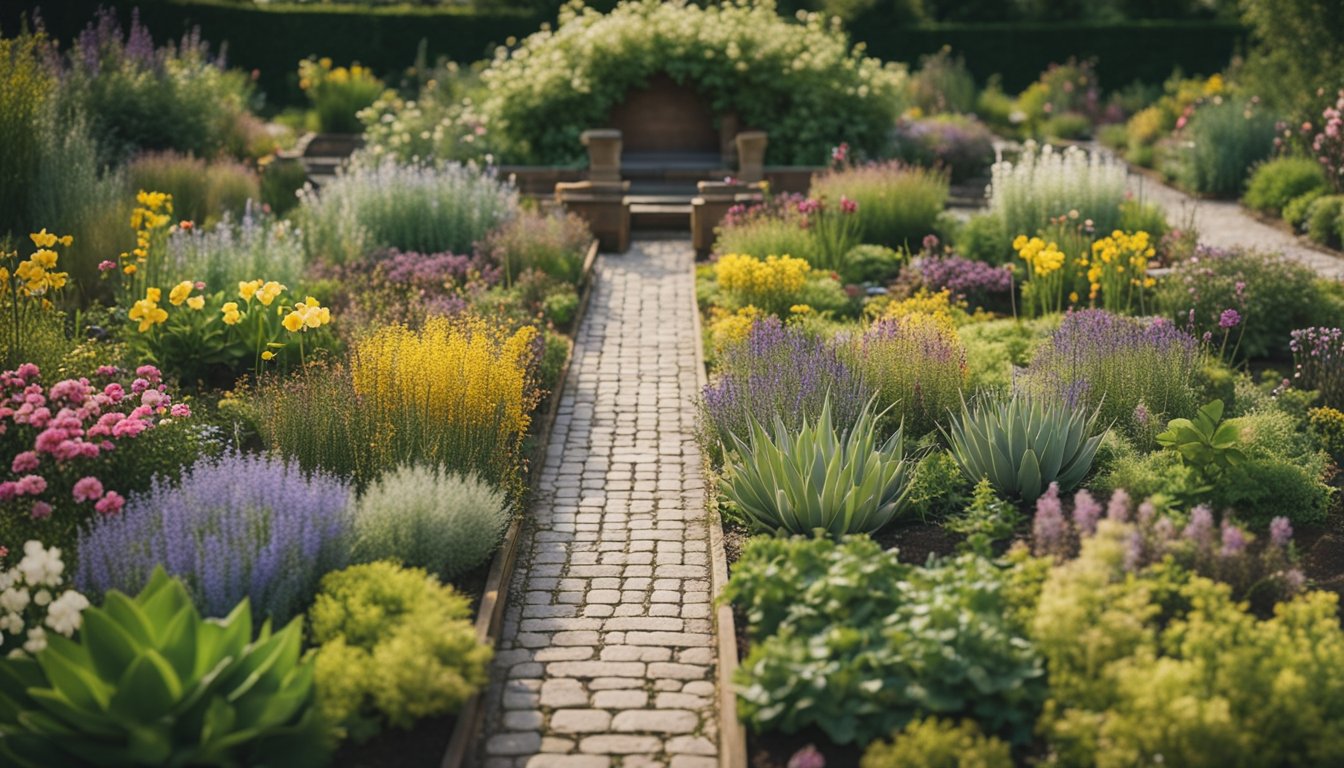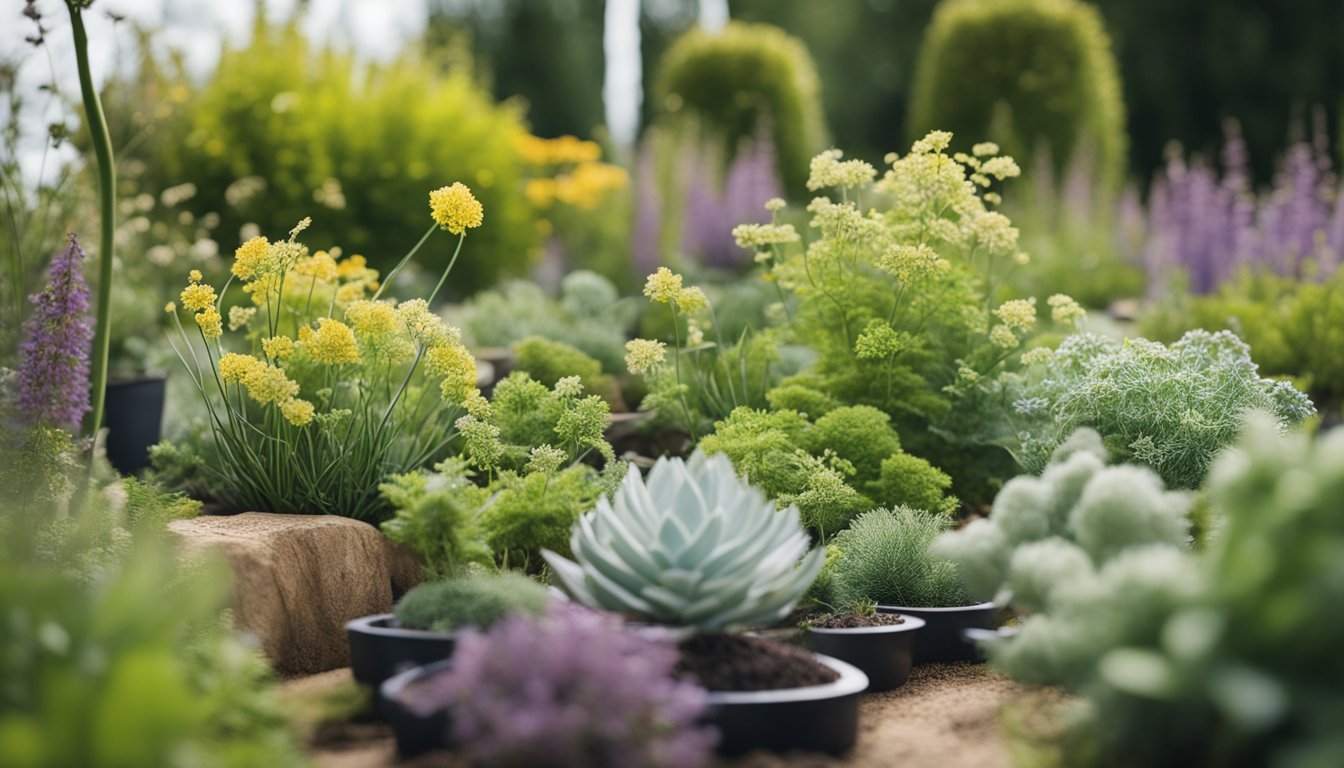Late updated: 17 Aug 2024 15:08
Written by: Emily Thornton
Easy Steps For Creating A Native UK Plant Garden: Transform Your Outdoor Space
Starting a native UK plant garden is a rewarding endeavour that supports biodiversity and enhances local ecosystems. By incorporating native plants, we create a sustainable garden that provides essential habitats for wildlife, including birds and insects. One of the significant advantages of creating a native UK plant garden is its ability to thrive with minimal intervention, making it an eco-friendly choice for garden enthusiasts.

Focusing on design and planning is crucial. We should consider grouping plants with similar water and light needs to streamline their care. By doing this, our garden will not only look aesthetically pleasing but will also be easier to maintain. Using layers of plants—tall, mid-sized, and ground-level—can create a visually engaging landscape that thrives under local conditions.
Proper maintenance is also key to sustaining the garden’s health and beauty. Techniques like mulching can help maintain soil moisture, regulate temperature, and suppress weeds. We find that creating a balance between aesthetics and sustainability makes our native plant garden an inviting space for both us and local wildlife.
Key Takeaways
- Native UK plant gardens require minimal maintenance and support local ecosystems.
- Grouping plants with similar needs simplifies care and enhances design.
- Mulching helps maintain soil health and supports plant growth.
Planning Your Native Garden Layout

Creating a native UK plant garden involves understanding your site, designing to attract wildlife, and selecting the right plants. Let’s break down each step to ensure success in planning your garden layout.
Assessing Site Conditions
Before we start planting, we must evaluate the garden site. First, check the soil type – clay, loam, or sandy – as different plants thrive in different soils. Conduct a pH test to determine soil acidity or alkalinity.
Next, observe the light requirements of your site. Identify areas receiving full sun, partial shade, or full shade throughout the day. This helps in choosing plants suited to each spot.
Consider the local climate. Native plants are well-adapted to the weather, but knowing the average rainfall and temperature variations can guide our choices. Finally, account for the space and scale of the garden to avoid overcrowding and ensure a pleasing layout.
Designing for Wildlife
Designing a garden for wildlife requires intentional planning. We aim to create a diverse habitat supporting various species. Start by including a variety of native trees, shrubs, and wildflowers. Different heights and structures provide nesting and shelter for birds and insects.
Incorporate food sources like berries from shrubs and nectar-rich flowers to sustain local fauna. Designate some areas with dense planting, offering hiding places for smaller creatures.
Water features like birdbaths or small ponds can attract a range of wildlife. Ensure there’s a focal point in the form of a striking tree or sculpture, adding both aesthetics and practical value for wildlife.
Choosing Native Plants
Selecting plants native to our region is crucial for a thriving garden. Begin with native trees and shrubs that establish the garden's structure. Examples include hawthorn and hazel, which offer year-round benefits.
Introduce a mix of wildflowers like bluebells, foxgloves, and primroses to add texture and colour. These plants support pollinators and generally require less maintenance.
Consider the soil preparation needed for different plants. Some might need well-drained soil, while others prefer moisture-retentive conditions. Align plant choices with assessed light requirements and ensure they fit into the space available. Balancing these elements creates a cohesive and sustainable garden layout.
Maintaining Your Native Garden
Proper maintenance ensures that your native UK plant garden remains healthy and vibrant. Key aspects such as soil and water management, gardening techniques, and encouraging biodiversity are crucial for a flourishing garden.
Soil and Water Management
Effective soil and water management are fundamental to sustainable gardening practices. Regular soil tests can help us understand its composition and nutrient needs.
Mulching is essential for retaining moisture and providing a slow release of nutrients. Apply a layer of organic mulch like bark chips or straw around plants, but keep it away from stems to prevent rot.
Proper watering techniques involve checking the soil moisture before watering. Native plants generally require less water once established, but newly planted gardens need more frequent watering. Using a drip irrigation system can optimise water usage and reduce waste.
Soil drainage must not be overlooked. Ensure that the garden beds are well-drained to prevent root rot. If necessary, improve drainage by integrating organic matter like compost into the soil.
Gardening Techniques
Adopting the right gardening techniques can significantly reduce garden maintenance. Pruning is vital for plant health and should be done periodically to remove dead or diseased branches. Cutting back plants post-bloom can encourage new growth and flowering.
Pesticide-free practices are crucial in native plant gardening. Using natural predators and companion planting helps manage pests without harmful chemicals. We can also introduce compost to nurture the soil, enhancing its fertility and structure.
Weeding regularly helps prevent invasive species from outcompeting native plants. Using hand tools or sustainable weed control methods maintains eco-friendliness.
Encouraging Biodiversity
Encouraging biodiversity is a key benefit of native plant gardening. By planting a variety of species, we create habitats for local wildlife, including birds, bees, and butterflies, contributing to an eco-friendly garden.
Pollinators benefit from diverse plantings, with blooms throughout multiple seasons ensuring continuous food sources. Incorporating features like log piles and water sources can further attract wildlife and provide shelter.
We should avoid monoculture practices, which reduce biodiversity. Instead, grouping plants with similar light and water needs can create layers of habitat, supporting a wider range of organisms.
Encouraging biodiversity not only makes the garden more resilient but also more beautiful and dynamic through the seasons.
Frequently Asked Questions

Creating a native plant garden in the UK requires insight into suitable species, garden design principles, and maintenance practices. Let's address some common questions about starting and sustaining a lush, wildlife-friendly garden using British native plants.
What are the key principles of designing a native plant garden in the UK?
Designing a native plant garden involves understanding your garden's soil type, sunlight exposure, and moisture levels. Group plants with similar needs together to ensure a cohesive and sustainable environment. Consider layering plants of different heights to create a visually appealing and ecologically balanced garden.
Which indigenous plants are essential for a British wildlife-friendly garden?
Oak trees are a cornerstone, supporting a wide variety of insects and birds. Shrubs such as spicebush and chokeberry provide structure and year-round interest. Additionally, other keystone species play an essential role in maintaining biodiversity and attracting wildlife.
How can one establish a wildflower meadow that thrives in the UK climate?
Start by selecting wildflowers native to the UK, such as red campion, oxeye daisy, and yarrow. Prepare the soil by removing existing grass and weeds. Sow seeds in early autumn or spring, ensuring good soil-to-seed contact. Water regularly until established, then let the meadow grow naturally.
What are the top considerations when selecting native plants for a UK garden?
Assess your garden's soil type, pH, and moisture levels, as different plants have specific requirements. Sunlight exposure is equally important; choose plants that naturally thrive under the light conditions your garden provides. Compatibility with local climate and existing plants should also be taken into account.
How can you maintain an eco-friendly garden using British native species?
Mulch with organic materials like shredded leaves to retain moisture, regulate temperature, and suppress weeds. Minimise the use of chemical pesticides and fertilisers. Opt for companion planting to naturally control pests and improve soil health. Encourage a balanced ecosystem by planting a diverse range of species.
What steps should be followed to successfully rewild a section of your UK garden?
First, stop mowing and allow the area to grow naturally. Introduce a variety of native plants, focusing on those beneficial to local wildlife. Monitor the area for invasive species and remove them as needed. Over time, your rewilded garden will become a haven for biodiversity, requiring minimal intervention.
